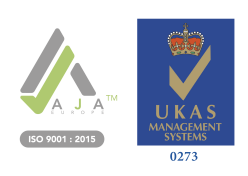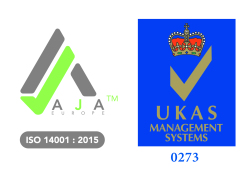Britain’s work stress epidemic
Britain’s work stress epidemic
Health and safety is the key factor for all industries in order to reduce stress of both employers and employees, writes Phil Gutteridge, Managing Director of ETD Training.
We probably all know what it’s like to feel a little stressed at work and can cope with that. But prolonged excessive stress can become a problem for both the employee and the company they work for. Workplace stress is hazardous to employee wellbeing. It impacts on productivity and performance and can lead to physical illness and depression. That translates into long-term absence, increased staff turnover, even legal action.
Official figures reveal the scale of the problem faced by employers. The Health and Safety Executive calculates that work-related stress, depression or anxiety accounted for 57% of all working days lost in 2017/18. Stressed workers took 15.4 million days off, at a cost to the economy of more than £5 billion.
Britain is currently in the grip of a work stress epidemic. Commonly cited causes are workloads, job insecurity, long work hours, conflicts with colleagues and bosses.
Recent evidence points the finger at our “always on” workplace culture. Leaving the office once meant leaving ‘work’ behind, now we take a lot of our work home with us - thanks to our smartphones. Work-related emails, messages, can be hard to ignore.
There’s no specific law aimed at workplace stress, however employers have a duty of care to their employees under the Health and Safety at Work Act to ensure their health, safety and wellbeing. Employers must assess the risk of work-related stress and take reasonable measures to control these risks.
Stress Awareness Month has been held every April since 1992, to increase public awareness about both the causes and cures for our modern stress epidemic. This is the ideal opportunity for employers to put employee wellbeing at the top of the agenda; to start tackling work-related stress and assessing what their employees need to be healthy and productive. Health and safety is key for companies and organisations to facilitate the wellness of both employers and employees. A safe and comfortable working environment can help reduce the stress of employees. Health can be improved through regular breaks, a positive work-life balance and wellness initiatives such as free fruit, on-site meditation or yoga classes.
Realistically, these initiatives may not be viable for small businesses who are looking after their people to the best of their ability while trying to make ends meet as a business. Time, financial, and space constraints may mean office yoga is simply out of reach! Instead employers can implement little touches, such as friendly / fun competitions, birthday cakes, an annual summer BBQ. It’s crucial to create an environment where directors and manage can be approached for discussion of any employee concerns. Whatever the business, an employer’s most important asset is their people.







